Advertisement feature from National Windscreens
 Windscreens have become the hub for sensors that support advanced driver safety systems, increasing the complexity of glass replacement
Windscreens have become the hub for sensors that support advanced driver safety systems, increasing the complexity of glass replacement
Cameras, sensors, radar, lidar, head-up display… vehicle windscreens have become the focal point of advanced driver assistance systems (ADAS) in a technological revolution that has fundamentally changed the nature of glass repair and replacement.
While autonomous emergency braking, lane-assist and adaptive cruise control features have dramatically improved driver and vehicle safety, the need to recalibrate their associated sensors and radars when a windscreen is replaced have complicated the repair process.
As many as 75% of new vehicles, not just luxury models, but also mainstream cars and vans, now require a static calibration of their safety features when the windscreen is replaced, increasing the time the work takes and requiring a much greater proportion of vehicles to visit a dedicated windscreen workshop rather than rely on the convenience of a mobile service.
“The infrastructure demands are changing rapidly; 15% of our windscreen replacements used to be in centres, but that figure has risen closer to 30%,” said Simon Hunt, head of sales and marketing at National Windscreens.
With more than 100 fitting centres in strategic locations across the UK, the company oversees the largest network of automotive glass replacement workshops, as well as operating 800 mobile technicians.
“A technician can’t just go to a house and expect to calibrate all the ADAS features on the driveway,” added Hunt.
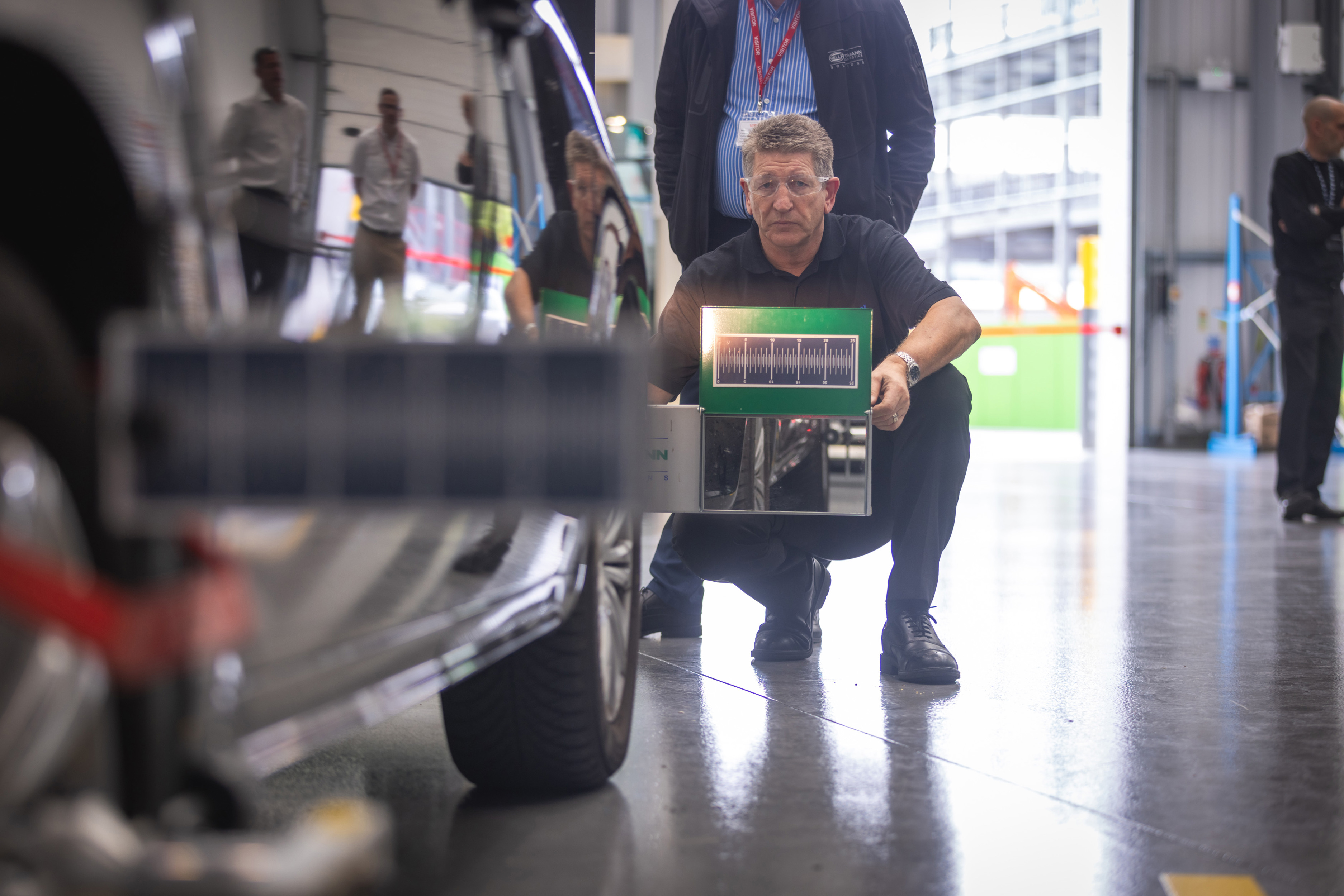
This presents fleet decision-makers with the twin challenges of managing inflationary cost pressures in the current economic environment while trying to ensure the driver experience is as positive as possible.
The time it takes to replace the glass and then the recalibration process means a job that used to take an hour or two can now take the better part of a morning or afternoon.
“Our fitting centres are investing heavily to provide drivers with the experience they need, creating work zones for customers, and offering WiFi and free coffee, similar to the latest car dealership showrooms,” said Hunt.
Mobile windscreen replacement is still available, but the vast majority of calibrations are carried out in controlled environments with adequate lighting and level ground to ensure accuracy.
Drivers can save even more time by using the National Windscreens website which harnesses the power of artificial intelligence to establish whether a chip can be repaired or whether the windscreen requires replacing. Drivers simply upload an image of the chip to the website and the technology determines within a few seconds whether the it can be repaired, based on the size and position of the damage.
And, in a further time-saving initiative, National Windscreens’s unique Partscheck system matches a vehicle’s registration plate to the windscreen required, ensuring the right glass is ready and waiting when the driver arrives for a replacement.
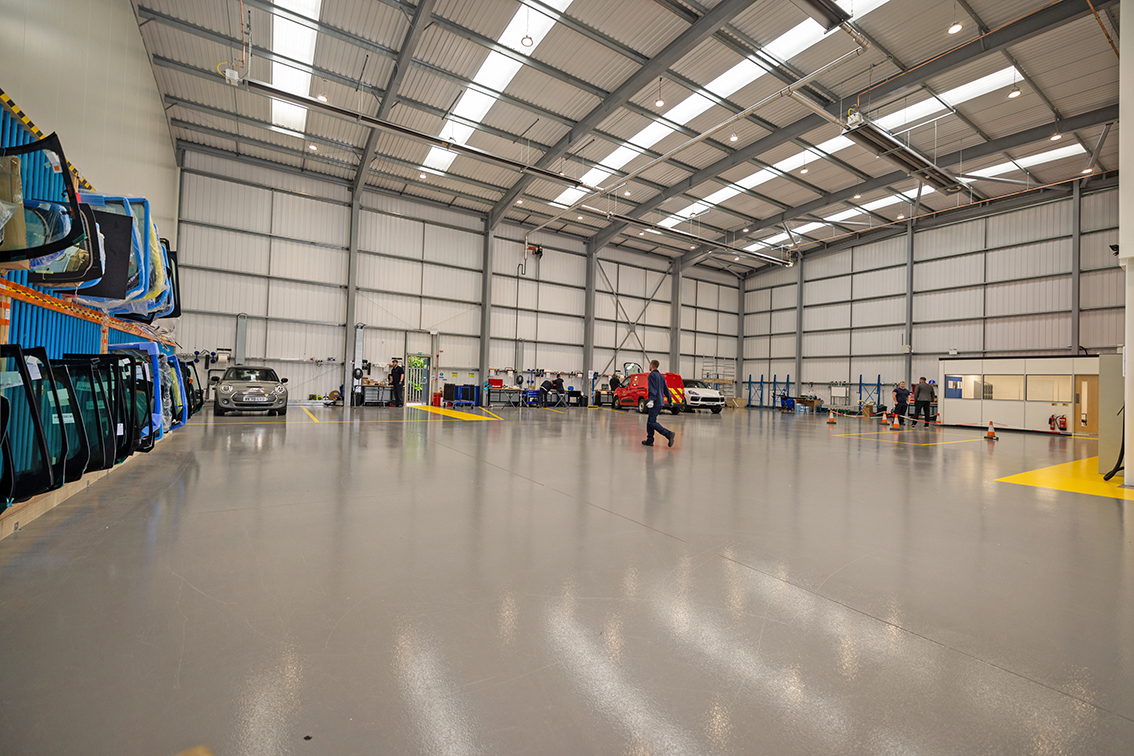
Glass repair, however, is the preferred approach (National Windscreens pledges never to replace a damaged screen if a repair can be undertaken) from both a cost and environmental perspective, saving time, money and carbon. Pressed by its insurer partners to calculate its Scope 1, 2 and 3 greenhouse gas emissions, National Windscreens has calculated that a repair generates about 1kg of carbon, compared with 44kg for a windscreen replacement, a saving that helps fleet customers meet their own environmental, social and governance (ESG) targets. The company has even started to invest in electric courtesy cars at its Slough supercentre, as well as electric vehicle charge points in its centres, so customers can plug in their cars and vans while they are being fixed.
“The pressure is on everyone to deliver against net zero targets with measurable sustainability strategies,” said Hunt. “The supply chain needs to support fleets in delivering on these sustainability targets. Supply partners will need to fully understand the impact across scope 1, 2 and 3 emissions, with clear targets for reduction so they can provide effective support to fleets with ESG goals and they will need to have in place science-based sustainability goals that are independently verified and measured.”
“CO2 data is just one element of a rich seam of information captured, analysed and potentially available to share with fleet customers,” said Hunt. Repairing and replacing thousands of car, van and truck windscreens gives National Windscreens a unique insight not only into the likelihood of a make and model suffering a chip or crack, but also into variances in glass replacement costs between vehicles, based on the price of the screen and the work involved in recalibrating all of their ADAS sensors. This data could eventually be factored into total cost of ownership calculations for leasing companies, end user fleets and insurers.
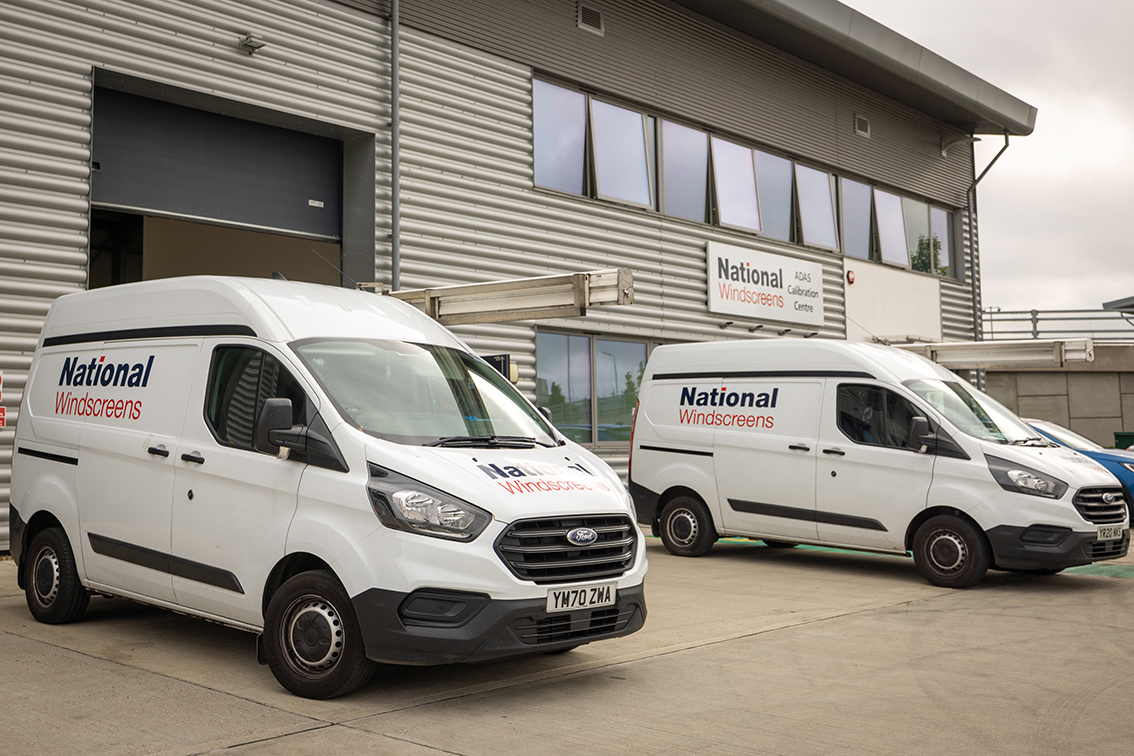
“Vehicle complexity is increasing at a fast pace and this creates huge challenges for fleets looking to stay ahead of the curve when selecting new vehicles, when they have little historical data available on repair downtime and maintenance costs associated with the advanced technology now usually on board as standard,” said Hunt. “We supply 30 of the FN50 leasing companies and all of them want data insights into future costs from an SMR (service, maintenance and repair)perspective.”
The costs involved in replacing windscreens that extend into panoramic roofs, for example, are so much higher than for standard windscreens that leasing companies and insurers have an interest in factoring the risk into their rentals and premiums.
New features and new vehicles are also placing significant pressure on supply chains, with fleet manager meetings frequently descending into moans about the delays in sourcing replacement windscreens for certain models. Hunt is too discreet to name names, but highlights the relationships that National Windscreens has with its glass suppliers and its agile procurement strategy that might see it source windscreens from stock held in continental Europe to overcome hold-ups and get vehicles back on the road as swiftly as possible.
It’s one more piece in the jigsaw, alongside building state-of-the-art fitting centres, investing in new ADAS recalibration systems and training staff, to develop a range and depth of services that will meet the future needs of fleets.
For more information please phone: 01827338941
email: fleet@nationalwindscreens.co.uk or visit our website here





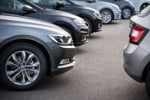

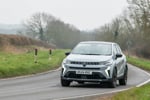
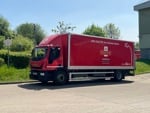





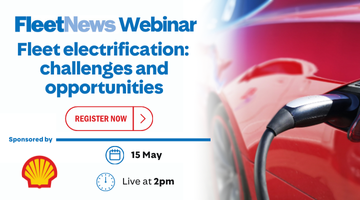


Login to comment
Comments
No comments have been made yet.